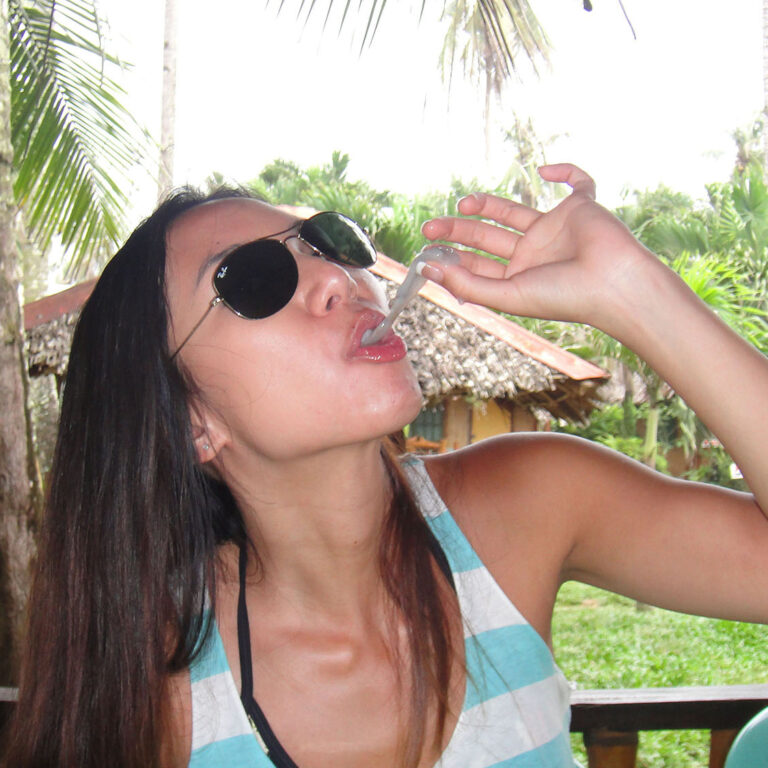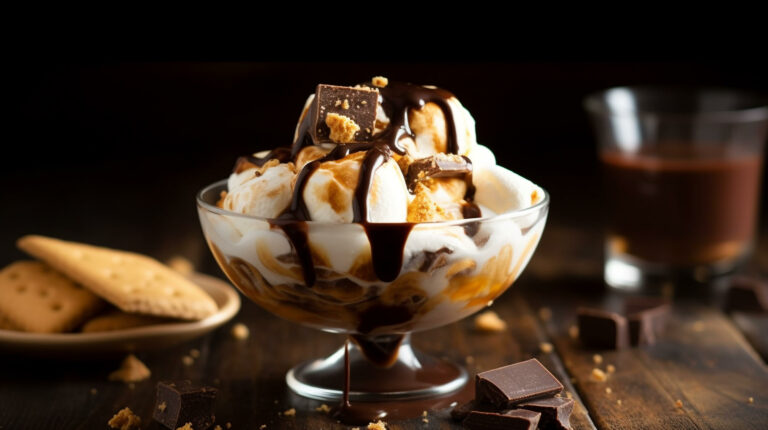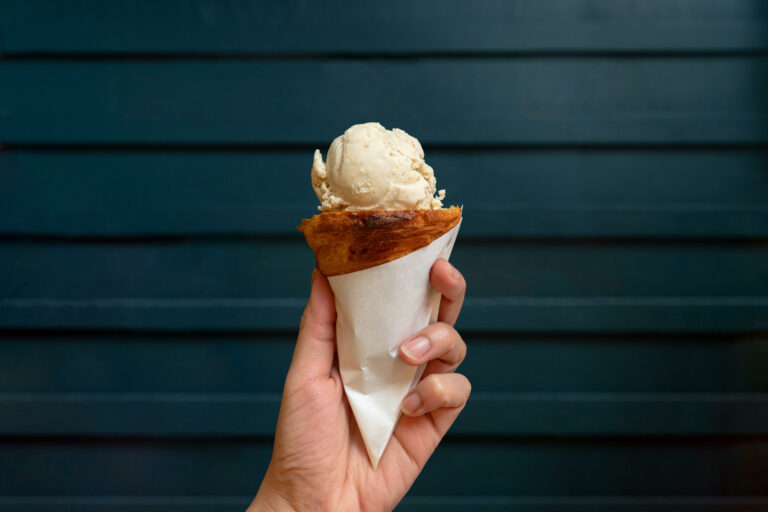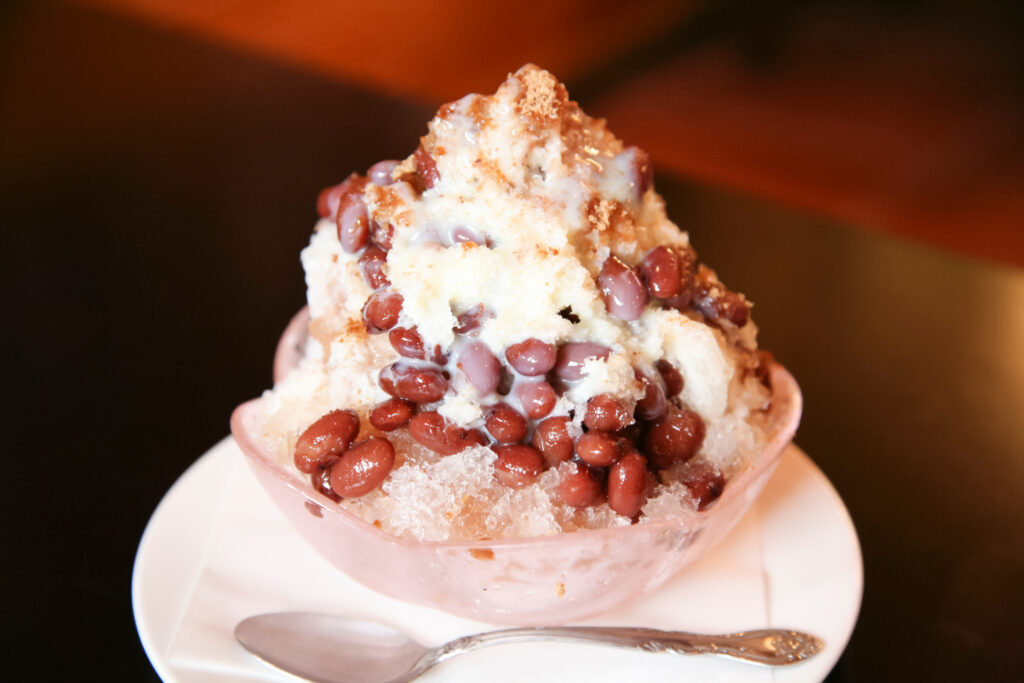
What is kakigori?
Kakigori is a traditional Japanese dessert that has become a popular treat around the world. It is made from finely shaved ice, topped with sweet syrup and sometimes fruits or other toppings. Kakigori is the perfect dessert for hot summer days and its light and refreshing taste makes it a favorite among people of all ages.
Origin
The history of Kakigori dates back to ancient Japan, where it was enjoyed as a summer treat by the aristocracy. The dessert was originally made by collecting ice from the frozen rivers and lakes in the winter, which was then stored in icehouses. When the summer came, the ice was shaved and served with sweet syrup and fruits.
Over time, the process of making Kakigori became more streamlined, and it became a popular treat for the general population. In the late 19th century, mechanical ice shavers were introduced, making it easier and faster to produce finely shaved ice.
Today, Kakigori is enjoyed not only in Japan, but also around the world, and has become a staple of summer festivals and events. Its popularity has led to the creation of many different flavors and toppings, making it a versatile and beloved dessert for people of all ages.
kakigori vs. bingsu
Kakigori and bingsu are both Asian dessert dishes made from finely shaved ice, so they are commonly mistaken for one another. However, there are some clear differences between the two.
- Origin: Kakigori is a traditional Japanese dessert, while bingsu is a South Korean dessert.
- Base: Kakigori has a shaved ice base from water while bingsu has a fine powder ice base from milk.
- Toppings: Kakigori is usually topped with sweet syrup and sometimes fruits or other toppings, while bingsu is typically topped with sweetened condensed milk and other ingredients such as fruit, nuts, and red beans.
- Flavor: The flavors of Kakigori and bingsu vary depending on the toppings and syrup used, but bingsu is typically sweeter and has a creamier texture due to the addition of sweetened condensed milk making it the more decadent of the two desserts.
Thus, while kakigori and bingsu share similar origins and preparation methods, they differ in their toppings, flavor, and origin, making them unique and distinct desserts.
Where can I get it?
You can find kakigori at Japanese dessert spots that specialize in shaved ice. Check out this interactive map to find kakigori near you!
How can I make it?
If you’d like to make your own Japanese shaved ice, you need to try this extremely simple recipe.
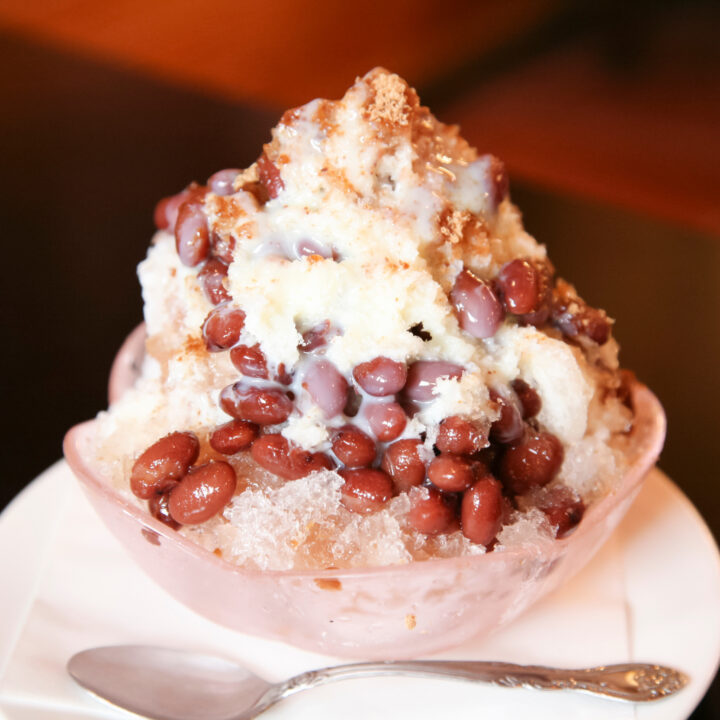
kakigori
A very simple customizable recipe for Japanese shaved ice.
Ingredients
- 4 cups of ice
- 1 cup of simple syrup (equal parts sugar and water, boiled until the sugar dissolves)
- 1 cup of your preferred toppings (e.g. diced fruit, sweet red bean paste, condensed milk, and/or a flavored syrup)
Instructions
- Crush the ice into a fine powder using an ice crusher or a food processor.
- Pack the crushed ice into a bowl or glass.
- Pour the simple syrup over the ice.
- Add your preferred toppings and enjoy!
Recommended Products
Glutto earns a tiny commission from qualifying Amazon purchases.
Did you make this recipe?
Please leave a comment on the blog or share a photo on Instagram


